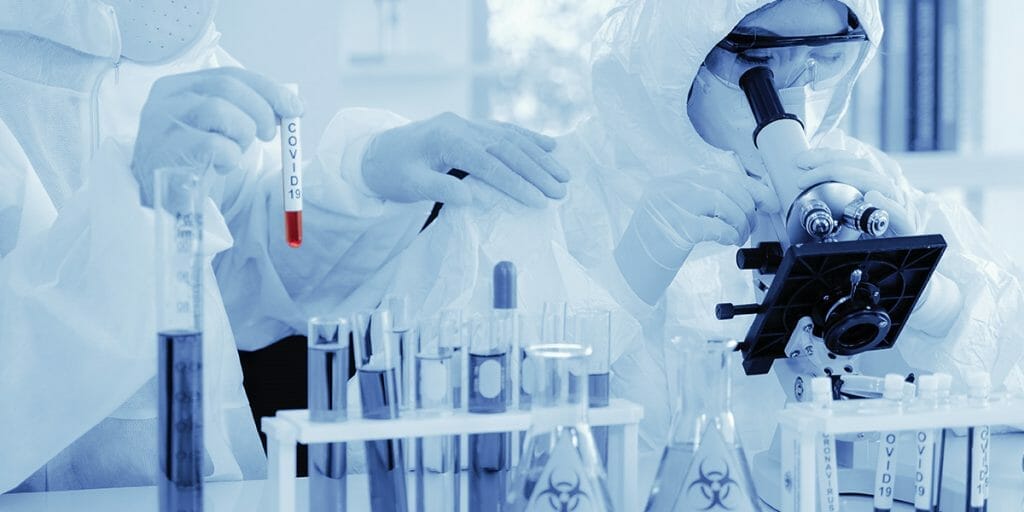
In an era when trust in just about every institution is waning, the confidence held by the public in researchers and politicians to validate the safety and efficacy of a Covid-19 vaccine is not unsurprisingly, under scrutiny.
Concerns about vaccine safety already exist and should not be dismissed simply as ignorant or “anti-science.” It is quite reasonable that public health scientists and people offered the vaccine want to have a high consistency in analysis and safety data and significant comfort in efficacy vs risk. For if the global population is to be offered a vaccine, or vaccines, even a small percentage of adverse reactions or a limited protective response will negate any viable uptake, potentially extending the period before natural herd immunity can confer some sense of control for years.
Because the beneficial impact of vaccines requires widespread public acceptance to achieve population-level immunity, as well as individual immune systems capable of responding appropriately, vaccination policies from their earliest days have been subject to political and ideological debate, pitting individual rights against public health, referred to as vaccine hesitancy.
Vaccine hesitancy is complex; it is heavily grounded in myths and misunderstandings about vaccines and their respective diseases, as well as genuine concerns interwoven with broader contexts such as socioeconomic circumstances, social norms, health beliefs, faith, experiences, the media, and institutional trust etc. The origins of vaccine hesitancy—recognised by the WHO in 2019 as one of the top ten threats to global health—go back to compulsory smallpox vaccination laws and the thread of this long history continues today made somewhat more complex by the various levels of protection conferred by vaccines on offer and the existence of adverse outcomes.
Ironically, we are in the paradoxical situation of having better vaccine science and more vaccine safety regulations and processes than ever before, but an increasingly distrustful public, and some in the physician and research community, have significant questions on safety, efficacy and related public policy.
Achieving the required vaccination rates for relevant immunological benefit faces a daunting convergence of fears. The challenge is that engagement depends on a social contract whose fabric is eroding in a broader context of anti-globalisation, nationalism, and populism. Made even more vulnerable by, if as it appears, the political desire to drive through vaccine approvals for use based on small numbers of test subjects, is to be believed.
You see the ‘law of small numbers’ creates a bias, easily adopted, to let us believe that the characteristics of a sample population response can be observed from a small number of observations. Typically, vaccine safety and efficacy tests require 30,000 people’s response to a vaccine candidate as the very minimum required to get across the threshold of confidence. This number is already under some pressure from Russian vaccine proposals and some of the discussions in the USA where far lower numbers are being proposed.
 One purported reason people have for not vaccinating generally is the assertion that vaccinations contain toxins. This concern is a manifestation of a much more general anxiety about pollution in the environment at large. Because when you really look at sources of toxicity in a child’s or adult’s life, vaccination is just not a major source; resisting vaccination is not a legitimate way to resist the encroachment of pollution in our environment, there are other far more ubiquitous and troublesome chemicals, that come with no associated benefits.
One purported reason people have for not vaccinating generally is the assertion that vaccinations contain toxins. This concern is a manifestation of a much more general anxiety about pollution in the environment at large. Because when you really look at sources of toxicity in a child’s or adult’s life, vaccination is just not a major source; resisting vaccination is not a legitimate way to resist the encroachment of pollution in our environment, there are other far more ubiquitous and troublesome chemicals, that come with no associated benefits.
The Lancet has just published two papers on how environmental toxicity represents a genuine challenge to health. Back in the 1960s the authors of one paper say, two assumptions were common: the Paracelsian notion that “Solely the dose determines that a thing is not a poison”, and the belief that only rarely could synthetic chemicals disrupt hormonal and homoeostatic responses and thereby contribute to disease and dysfunction. Over the past 50 years, these two assumptions have proven flawed.
Endocrine Disrupting Chemicals (EDCs -such as bisphenol A and phthalates) are chemicals that dysregulate normal endocrine homeostasis by mimicking, blocking, or interfering with hormones in the body; are pervasive in our environment, food, and consumer products; and have been linked to an array of endocrine-related conditions such as obesity, type 2 diabetes, and thyroid disorders. Given the rapid increase in incidence of these conditions in recent decades (which makes a genetic cause unlikely), the role of EDC exposures as potential environmental drivers of these non-communicable disease epidemics cannot be discounted.
As it becomes increasingly clear that the focus on a single solution to the current SARS Cov-2 pandemic has serious flaws and challenges to overcome, the uncovering of the systematic changes to our external environment also need additional attention. Looking ahead, the notion that all we need is an antidote delivered by pharmaceutical intervention appears to have limited likelihood of successful resolution. Yet the very economic foundation that our global wellbeing depends on is also being damaged and the economy generally also needs some security of immunity to return to similar operating capabilities – all economic activity, small and large, operates and functions based on some degree of certainty.
Comment
Our role as partners in the restoration of individual’s wellbeing and the education of our friends and families, by the transfer of knowledge and related changes in behaviour is the social vaccine of sustainability and wellbeing – this may be a far better investment in your and your families personal future and our environment than any single silver pharmaceutical bullet in regard to infectious disease!

2 Comments. Leave new
Thank you! Keep up the good work!
Mike – I’m in broad agreement with many of these views, but take issue with 2 points and have one question. Firstly, while I agree vaccine hesitancy is complex, you omit to say that many of the hesitants are well educated people who are concerned about the inadequacy and lack of transparency of safety studies. Secondly, you cannot lump the current clutch of covid vaccines into the same conversation as vaccines line smallpox. The current t crop are GE and some (eg Moderna, Oxford) rely on synthetic gene sequences instructing genes in muscle cells to produce the antigen – namely copies of the virus’ S protein. There has been no opportunity for a public debate on the use of GE in vaccines – in contrast to GMOs in foods. Why not? My Q is as follows: do you imply in the final Comment section that a “social vaccine” would be preferable to a GE/pharma one?